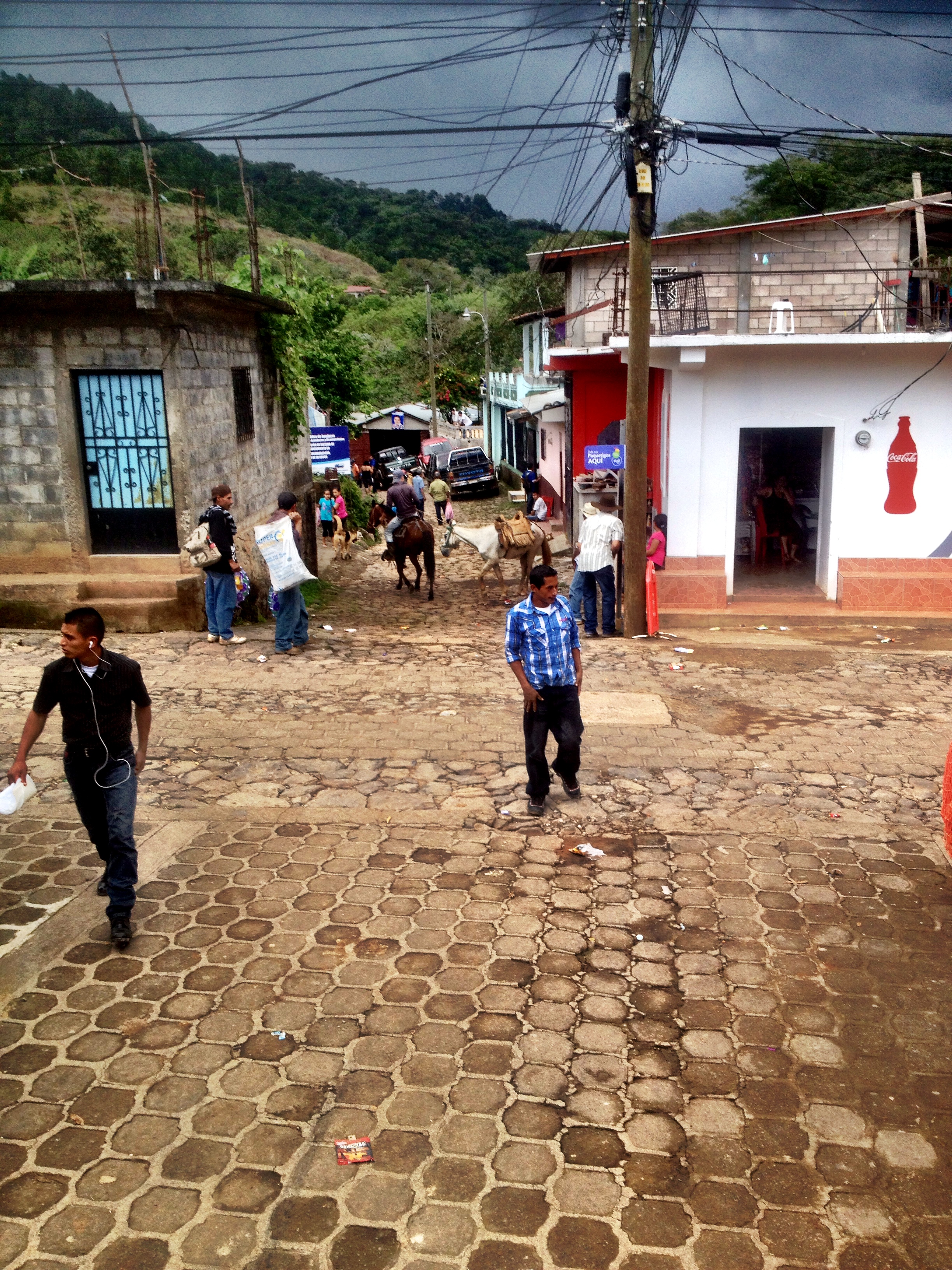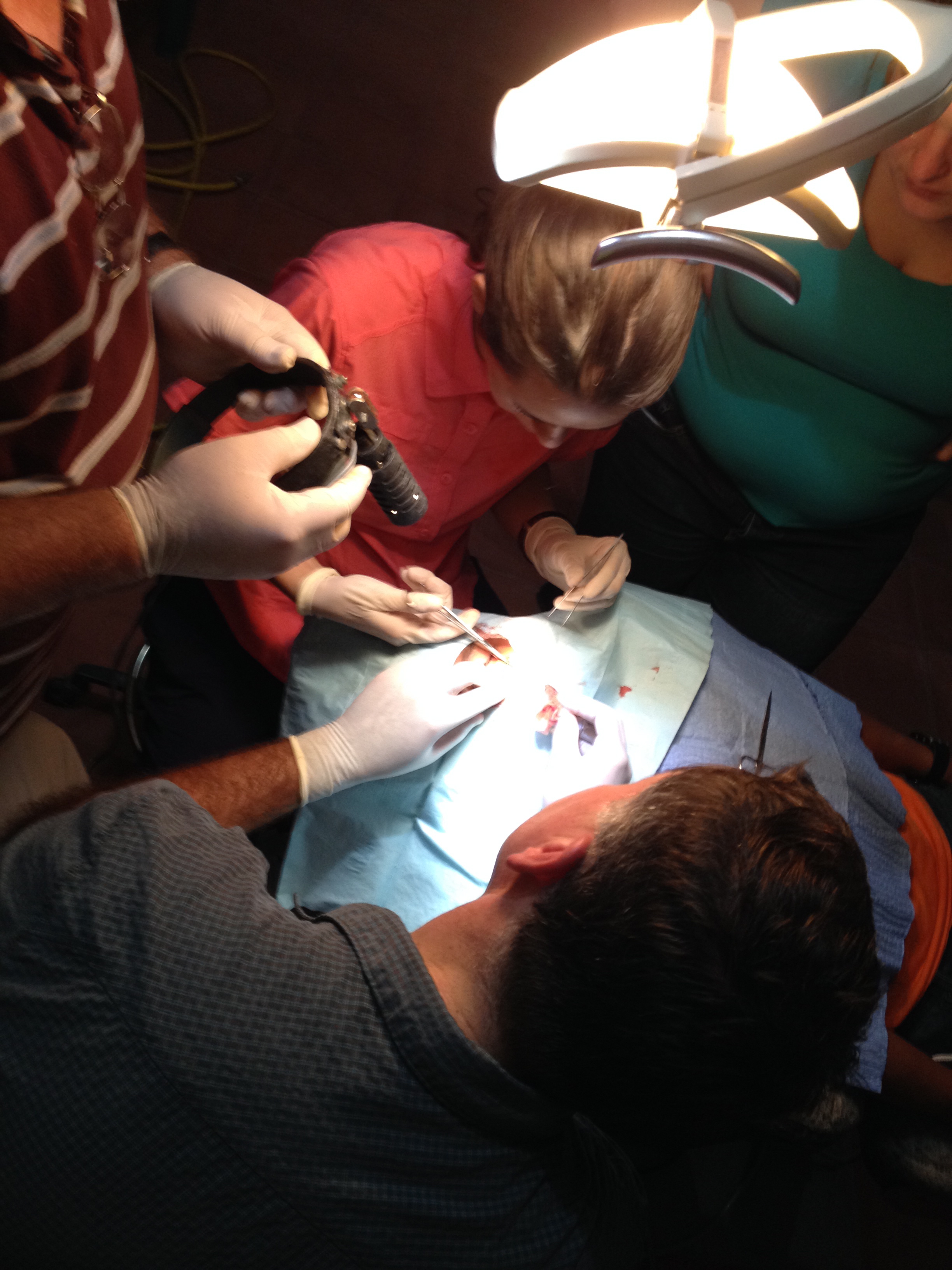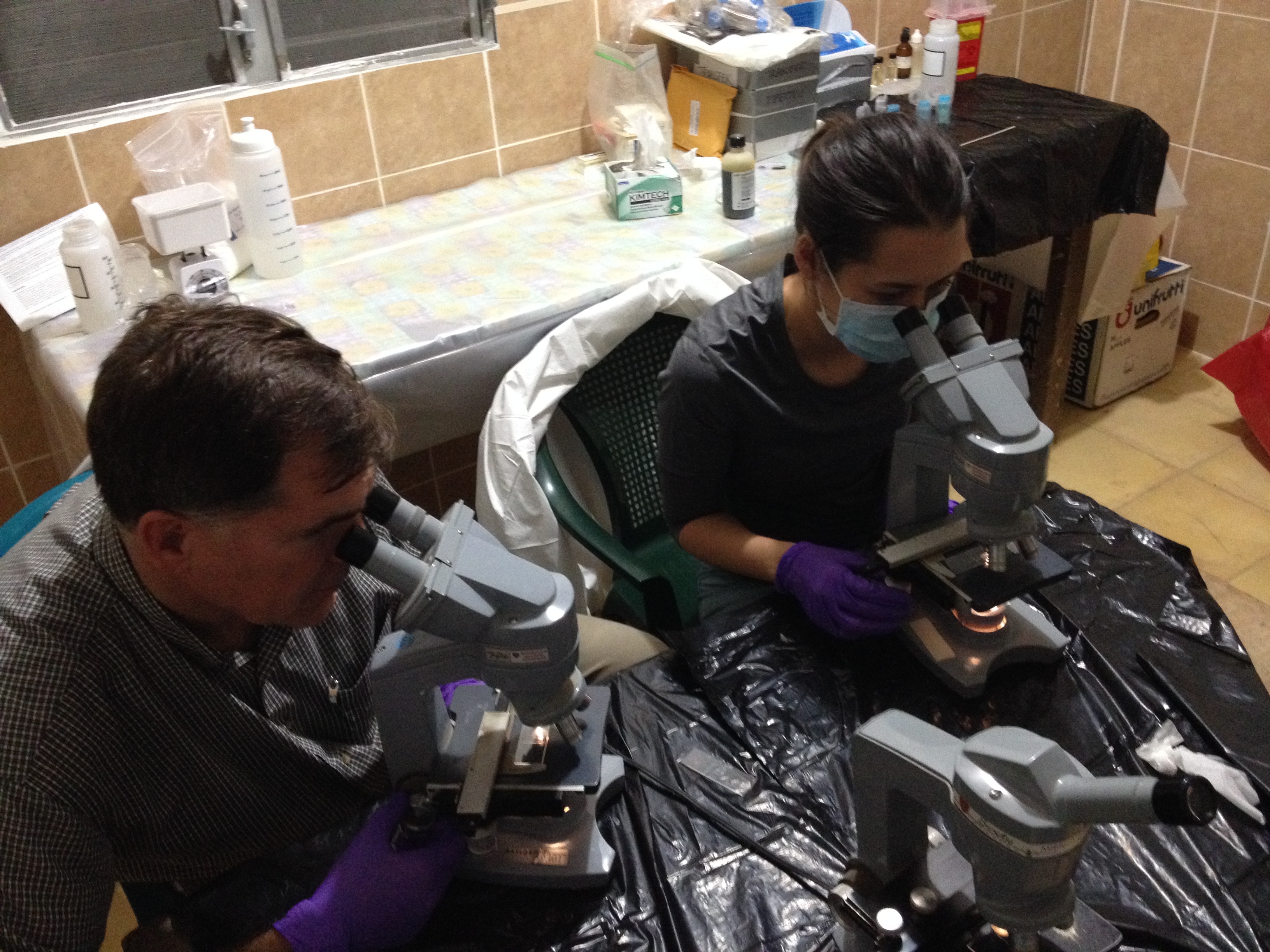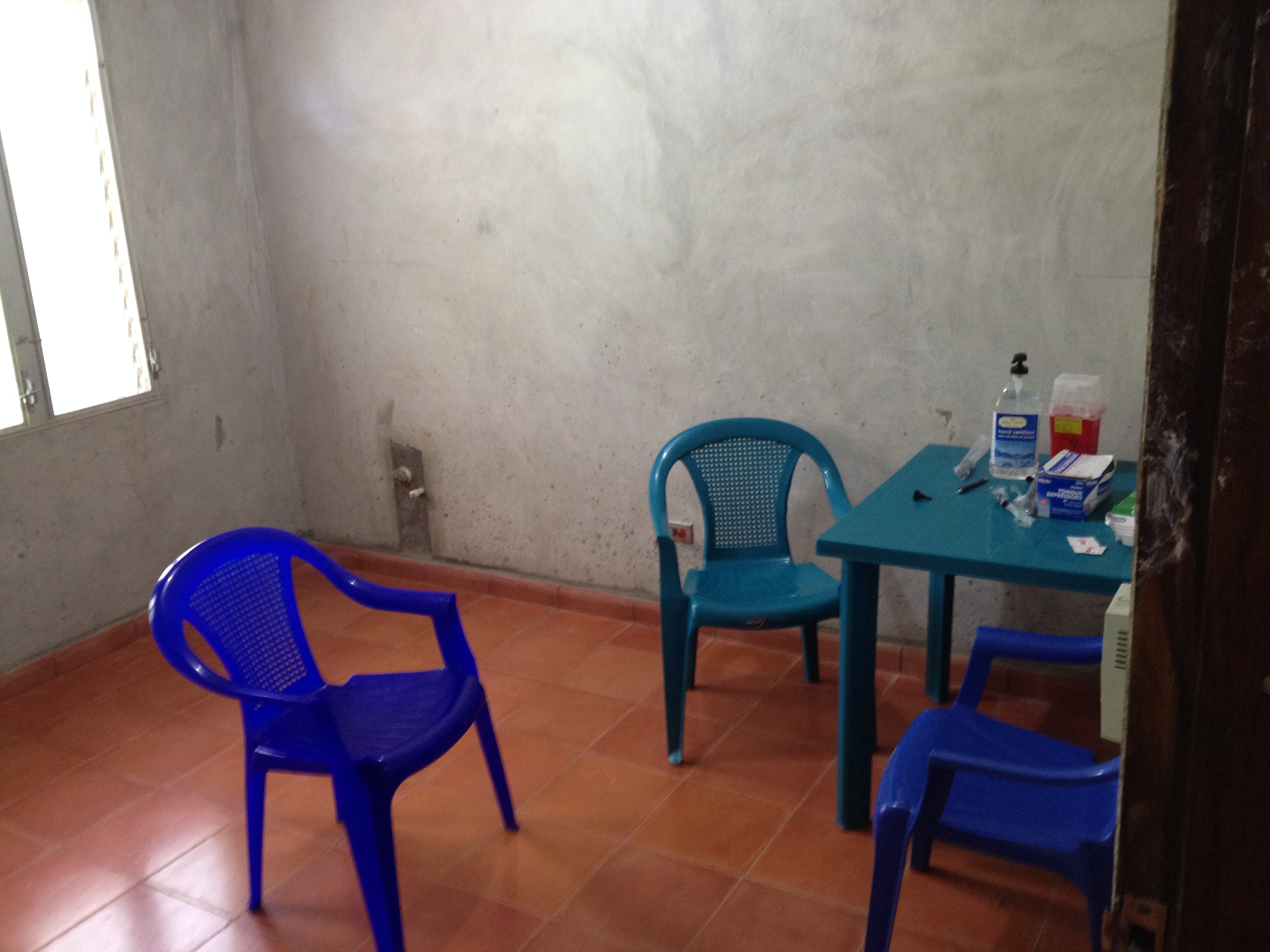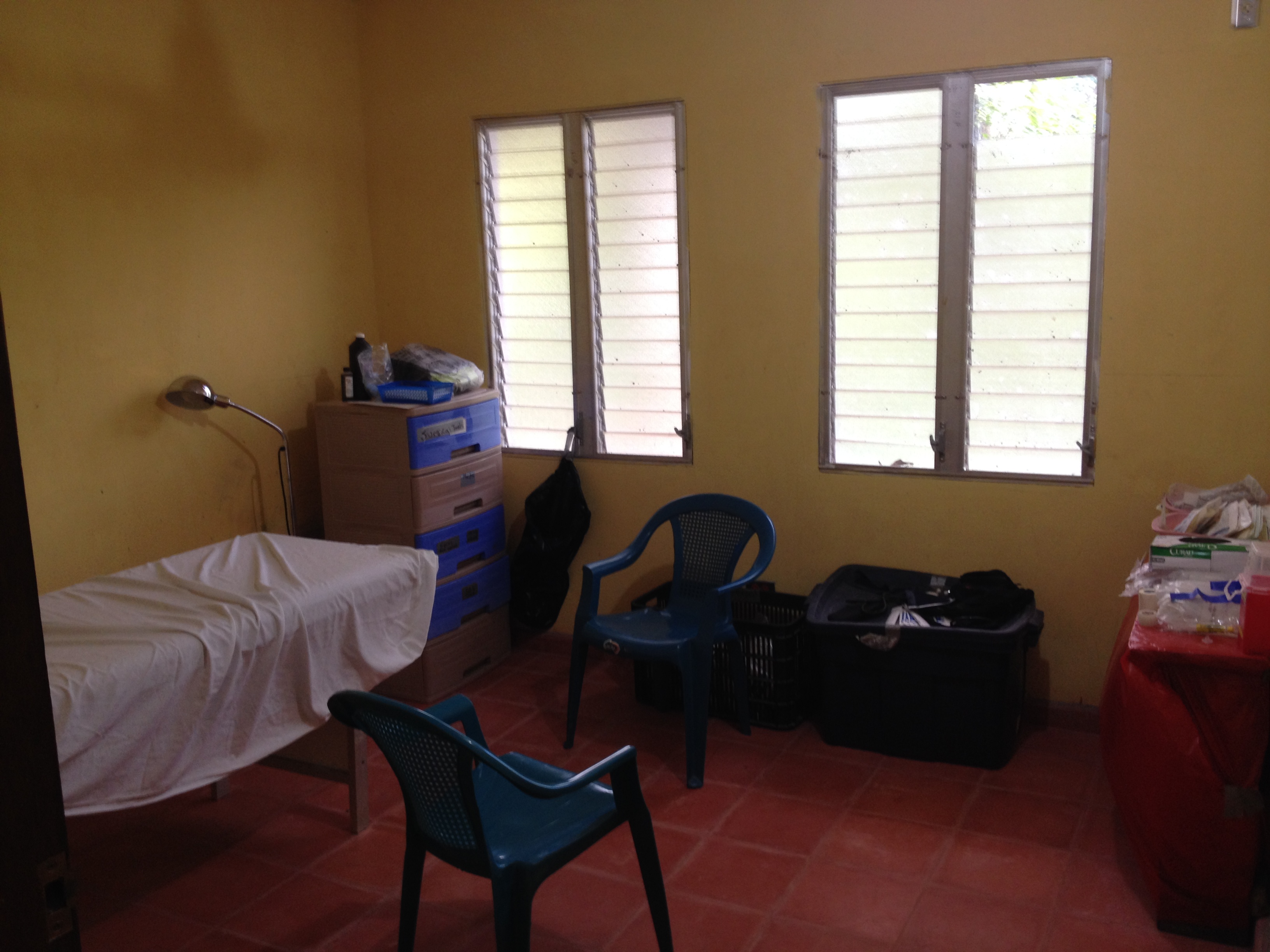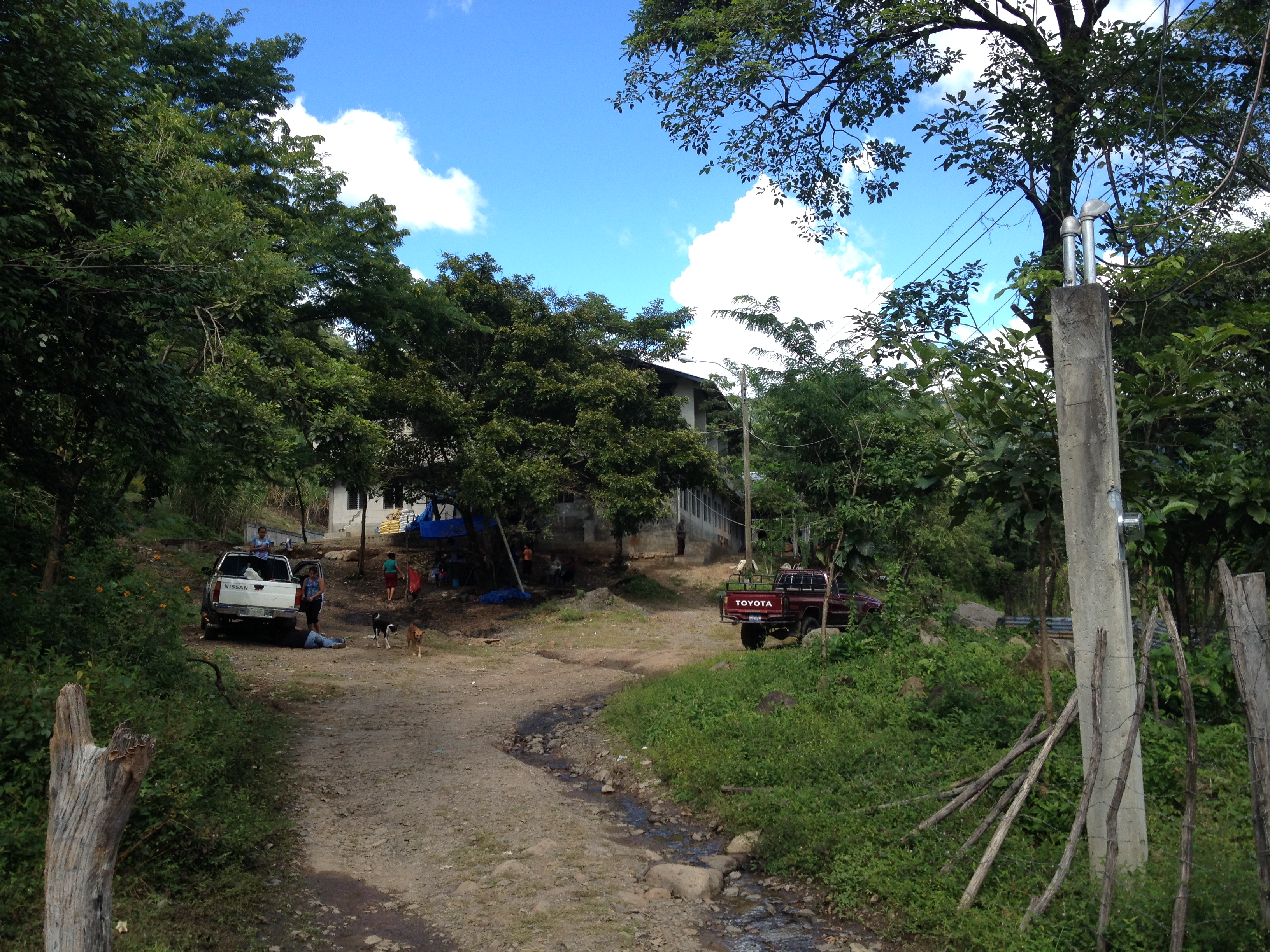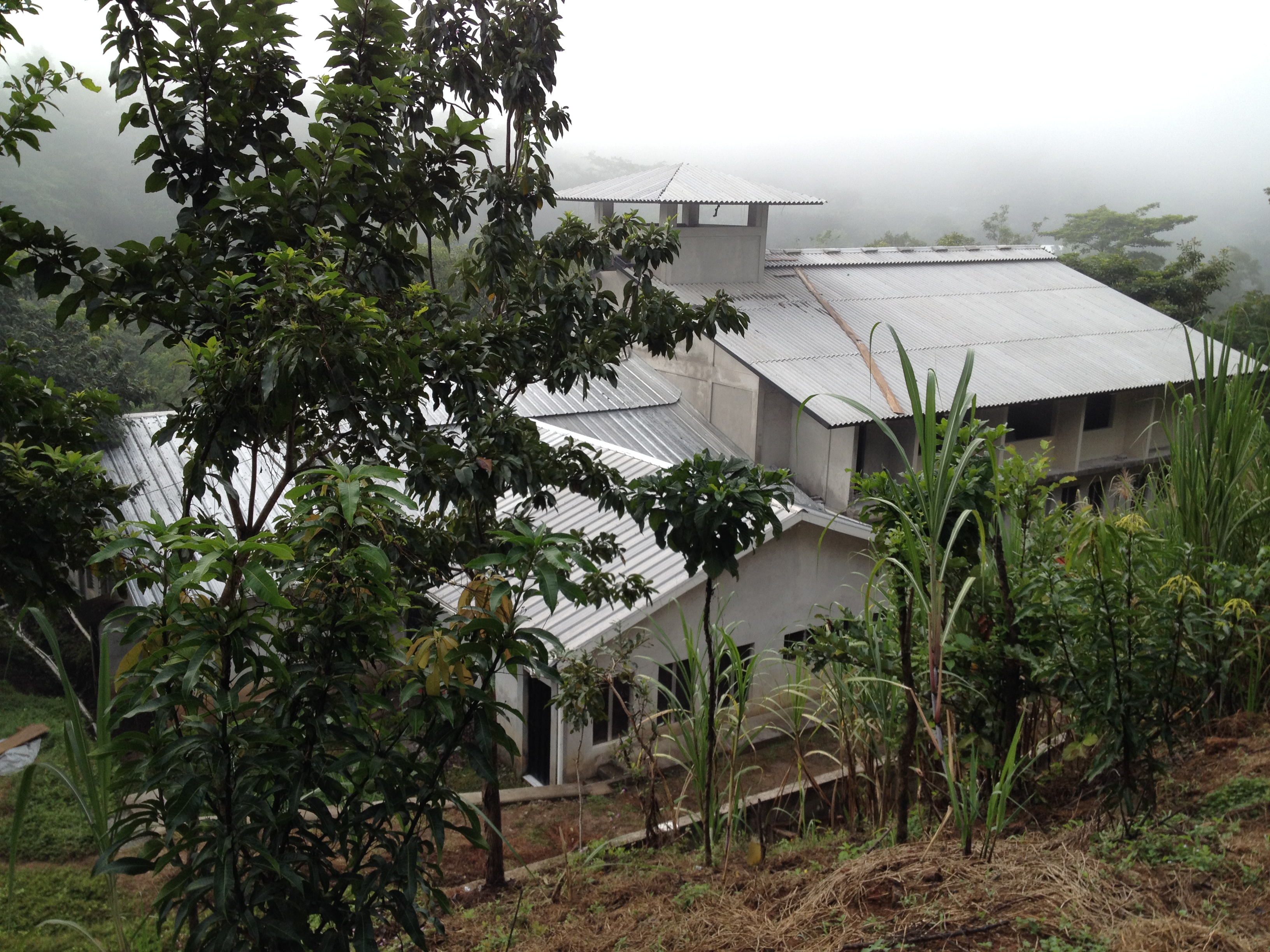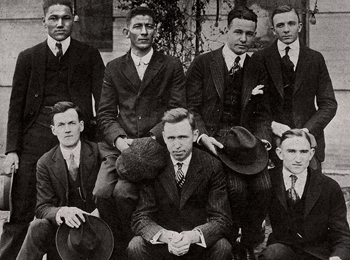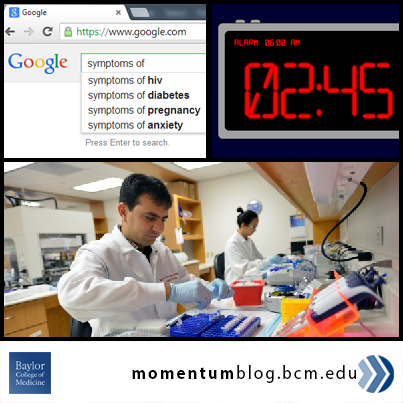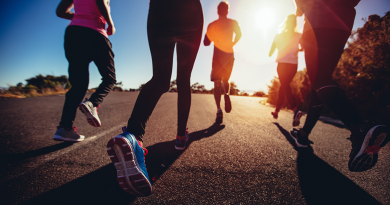From Houston to Honduras: Featuring the Shoulder to Shoulder Foundation
Twice a year, groups of Baylor College of Medicine students fly many miles to provide healthcare in a rural, remote area of Honduras. They leave behind the hustle and bustle of Houston’s city life and the state-of-the-art resources available in the Texas Medical Center. After getting off the plane, they immediately ascend on a long drive on thin roads winding through mountains, ultimately ending up in a clinic housed in a basin in Santa Ana.
For two weeks, they become immersed in a small town with sparse electricity, meager resources, spread out, and green lands, to help people who have had very little or no access to healthcare.
How it began
In 1999 the Department of Family and Community Medicine at Baylor College at Medicine began to create a relationship with community leaders in Santa Ana. The overall goals were to improve healthcare in the area, while providing an ongoing opportunity for Baylor students, residents and faculty to gain invaluable experience in providing healthcare in a resource-poor and underserved area.
Dr. Robert Parkerson, associate professor of Family and Community Medicine, knew about an alliance between the village of Santa Lucia and the Department of Family Medicine at the University of Cincinnati, and used it as a model for the Baylor program, working with the UC leaders to improve rural health in the area.
Since 2002, Shoulder to Shoulder in Houston has become its own foundation and works closely with Baylor students, residents, and faculty members throughout the year, who augment the work of Dr. Carol Gomez, a Honduran doctor who provides ongoing services in the clinic five days a week.
The month-long elective as part of the Global Health Track consists of two weeks of lectures, preparation and organization, and the second half consists of working with patients and the community in Honduras.
Shoulder to Shoulder experience
Dr. Ricardo Nuila, assistant professor of medicine, first went on the trip three years ago as a Baylor medical resident and has gone several times since, transitioning into more of a leadership role. He says the experience of working with patients in the rural area and being immersed in Spanish and a completely different culture, is hugely beneficial in the way individuals move forward in their work.
“The trip is very helpful in terms of decision-making skills and having such a completely different experience alongside colleagues,” he says, “We really come into contact face-to-face with a different medical population and it’s such good experience to ‘get out of our bubble.’
Valuable educational opportunity
Tyler Dirvonas, a fourth-year medical student who recently returned from the trip, describes some of the experiences he had, which includes teaching school children about the importance of hygiene, providing basic healthcare in the clinic, and diagnosing parasitic infections. He says his favorite part of the program was serving as an educator to Santa Ana residents; he helped plan a seminar for diabetic individuals and traveled to local elementary schools to teach children about proper tooth brushing and hand hygiene.
“I truly enjoyed providing medical care and education to a population that otherwise would not receive it,” he says.
Kylene Wood, a fourth-year medical student who also returned from the recent trip to Santa Ana, calls it a “pivotal experience” in her life. She says it was her first time being in living conditions so starkly different from anything she’s seen before. She describes seeing pigs, dogs, and chickens underfoot in Santa Ana, along with barefoot children.
She says that the brigade she participated in is one of the only opportunities that the locals have to get medical, dental or eye care.
Some of her experiences included suturing a facial laceration, providing medication for aches and pains, and carrying out a project to help establish an ova and parasite diagnosis lab to assess the parasite burden in local schoolchildren.
“This trip was a tremendous opportunity for me to develop my independence and responsibility, and to do so much good in the lives of people who badly need it,” she says, “Because of my Shoulder to Shoulder experience, I have decided to emphasize global health and tropical medicine in my future career.”
Completing the clinic
Construction of the clinic where the Baylor brigades travel started in 2004 and is nearly complete, but donations are badly needed to help finish construction and furnish the clinic with needed equipment. See more information about donations on the Houston Shoulder to Shoulder website.
Have you ever participated in a Shoulder to Shoulder brigade to Santa Ana or had any similar global health experiences abroad? Share your experiences here.
-By Jordan Magaziner

